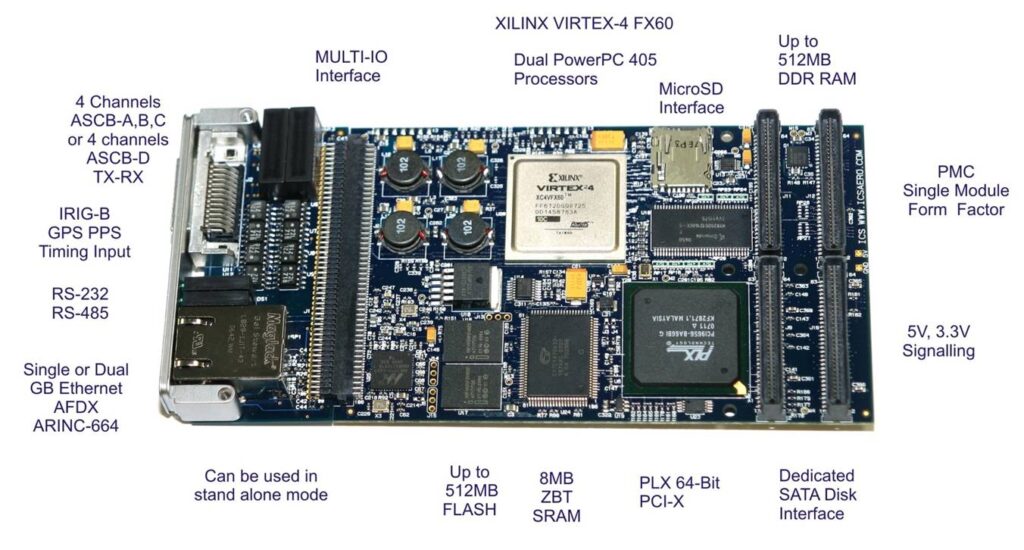DataTap-10 Miniature ASCB-D TIS, SIU, NIC/PROC
State-of-the-Art ASCB
Now with ARINC-429, ARINC-717, Analog and Discrete I/O
ICS has been producing ASCB-D equipment since 1998. That equipment has been used in applications starting with Honeywell Engineering Design of ASCB-D through Flight Simulation, Flight Test, Production, and Maintenance. We also sell products worldwide directly to owners & operators of aircraft. See: http://www.ascbd.com for a sample of our products specifically related to ASCB-D.
ICS has built custom solutions to several different types of ASCB needs for over 15 years.
Some of these include:
- First Generation PCI-NIC – This was a full length PCI card designed by ICS for Honeywell to fit into a PCI slot of an industrial PC platform and to act as a low cost alternative to a MAU NIC module. The PCI-NIC was designed to be nearly identical to a Honeywell MAU-NIC and runs Honeywell DEOS and NIC Flight Software.
- Test Interface Unit (TIUs) – Originally for Honewyell Engineering to test hardware and software development. The TIU software was written by Honeywell to run on an ICS supplied platform with one or two of the Legacy PCI-NIC’s. These were first in service in 1998 and ICS has produced over 600 of these platforms for Honeywell and their customers since that time. These platforms are still produced and sold today.
- Simulator Interface Unit (SIU’s) – These are for interfacing flight simulators to an ASCB-D bus. First placed into service in 2000 at Fairchild / Dornier in Germany. These are still produced and sold today.
- Telemetry Interface System (TIS) – Originally developed for the Hawker Horizon and the Dornier 728 (simulaneous development) in 1999 to serve as an ASCB read-only interface to existing Flight Test Acquisition Systems that did not have ASCB-D capability.
- DataTap Bus Reader – These were originally designed and built by ICS in 2005 for field service use on a laptop and the name was later changed to FlightLine 1400 and FlightLine 1500 platforms.
- Bus Isolation Unit (BIU) – These were first built in 2007 to allow data collection on a Gulfstream 550 German Atmospheric Research Plane called HALO during flight. The device is an ASCB-D firewall. It is simple in construction and has no software or Hardware that is subject to DO-254. The original Unit is a single channel design. Newer smaller dual-channel units have been built since.
Most of these original solutions were large and heavy Rack Mounted solutions based on one or two First Generation PCI-NICs.
- First Generation PCI-NIC – A large, full-length, power hungry PCI card. Expensive to build, based on 1998 technology, and some of it’s design was outdated and obsolete even in 1998.
- Test Interface Unit (TIUs) – Typically 6U Rack Mounted enclosures that were over 60 lbs in weight. Two PCI-NICs were required for transmitting on more than one side of the aircraft. These were produced in lighter 4U rack mount systems and eventually in the light weight portable 40 Lb lunchbox. They used first generation PCI-NICs.
- Simulator Interface Unit (SIU’s) – These units were all built in 4U rack mounted enclosures weighing over 35 lbs. They required two first generation PCI-NICs to simulate the pilots and co-pilots ASCB bus.
- Telemetry Interface System (TIS) – These were built in 4U and 2U chassis but were still heavy and required a lot of power.
Starting in 2004 ICS developed a software emulation of the PCI-NIC for read only applications. This resulted in some new smaller and lighter platforms, but these were dedicated purpose and required a lot of processing power rendering the platforms purpose specific.
- DATATAP Bus Reader – Much smaller ASCB bus reading and recording technology technology for non real-time applications
- FlightLine 1500 – Panasonic Toughbook Based ASCB-D bus reader and recorder. Approximately 5 lbs in weight and battery powered. Another major improvement. These are still in maintenance service today but required the purchase of a dedicated laptop platform as the CPU requirements of data processing on the ASCB-D bus were still demanding.
- Mini-TIS – Rugged PC-104 TIS replacement solution that were approximately 12 lbs in weight and drew about 20 watts. A major improvement. These are still in flight test service today.
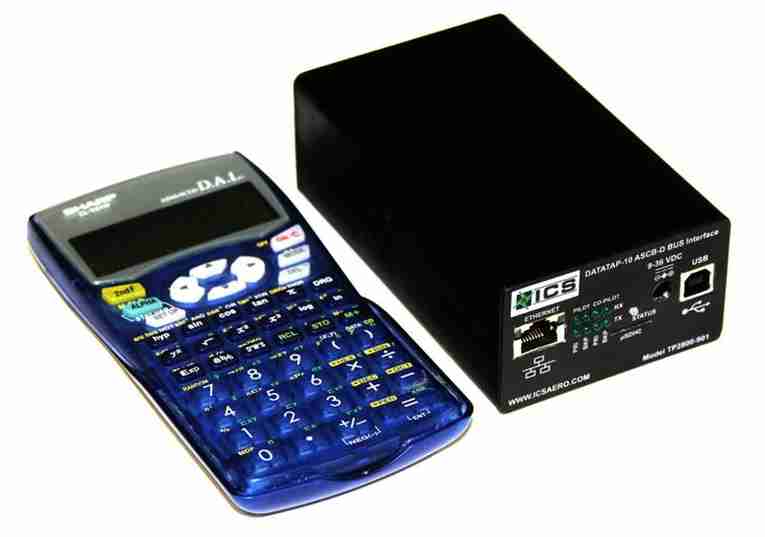
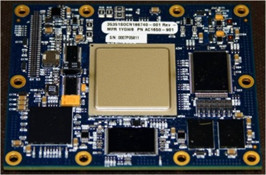
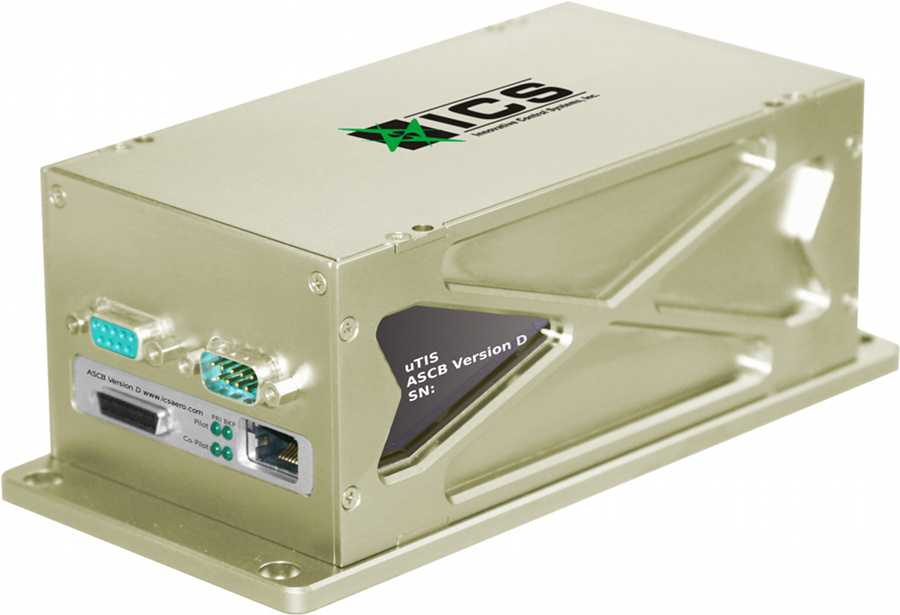
In 2006, ICS started a development project that would reduce the size and power consumption of the ASCB-D communications Interfaces in a dramatic way while preserving and enhancing the performance. The project was to take previously written ICS NIC-PDD and PROC-PDD software and implement it entirely in hardware finite state machines in an FPGA. This created an ASCB-D interface with unmatched timing precision. This project was extremely successful and is in use in all ICS ASCB-D products developed since that time allowing for small, low power solutions to ASCB-D interfacing needs.
One DataTap-10, Many Applications and Multiple Functionality Replacement
A single DataTap-10 can replace all of these items and has their functionality:
- Large 6U TIU
- 4U SIU/TIS
- 2U TIS
- Lunchbox TIS/TIU
- MINI-TIS
- FlightLine 850
- FlightLine 1400/1500 replacement on your Laptop
- µTIS
- Dual PCI-NIC’s
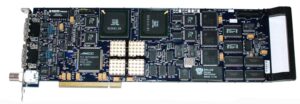

- Replace two 1st Generation PCI-NICs with one DataTap-10 when purchased in optional RX and TX configuration.
- Cost is around $4900 in RX/TX configuration a savings of $2400 over two PCI-NICs.
- Interface ASCB-D busses to DataTap-10 using same connectors and pin-out as the PCI-NIC.
- Connect to TIU/SIU/TIS using 1000/100 Mb/s Ethernet.
- Load NIC registry and other files via FTP over the same 1000/100 Mb/s link used for data. No more 10Base2!
- All ICS platforms that previously used PCI-NICs are now available with DataTap-10 as a replacement.
1 Gigabit Ethernet
Full Encoded ASCB-D bus for recording and later playback 24K (RX2,RX1) of data in real-time UDP Datagrams
Decoded Parameters from ASCB-D bus in ICS UDP Datagram format or Dassault DIANE block format
USB or Aircraft Powered
2.5W in RX only and < 5W in TX/RX configuration
Bus Analyzer and optional traffic generation using ICS FlightLine software on your computing platform.
- Directly decode and convert up to 1000 parameters to Engineering Units from one DataTap-10.
- DataTap-10 is scalable, Use 2, 3, or more for larger numbers of parameters.
- Use ICS Windows Based FlightLine software (included) to use a DataTap-10 on your platform (Laptop, or Desktop)
- Entire contents of two ASCB-D busses can be recorded on your platform with a single FlightLine-10 adapter. The recording format can be played back by the Honeywell TIU software playback function.
DataTap-10 Additional Optional I/O
- Four 3.3v – 60V input discretes
- Four 9-60V output discretes that can source or sink up to 2 amps each.
- Three +/- 10V Analog Inputs 16-24 bits with internal
- precision reference.
- IRIG B Timing Input (can be used as forth Analog input)
- Two RS-232 ports
- Four High/low speed ARINC-429 inputs
- Two High / Low speed ARINC-429 Outputs
- 9-36VDC power can also be supplied to the DT10 through the DB-50 (Shown Below)

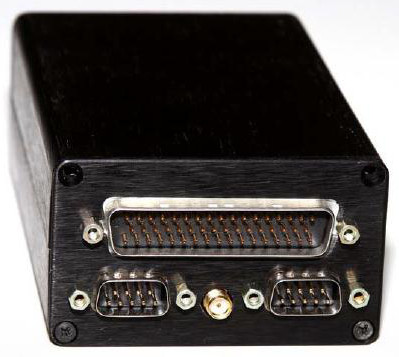
- Four High/low speed ARINC-429 inputs per DataTap-10
- Two High / Low speed ARINC-429 Outputs per FlightLine Software supports multiple DataTap-10s connected for increased ARINC-429 channel counts.
- Decoding in Engineering Units by Selectable Equipment ID (Coming Soon)
- Parameters added to same display as ASCB-D data
- All Data on display screen (ARINC-429 and ASCB-D) can be exported to Comma Separated Values (CSV) file.
